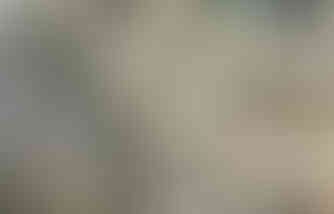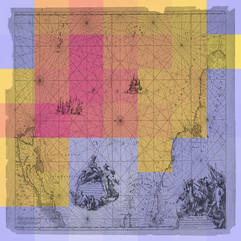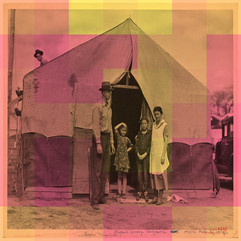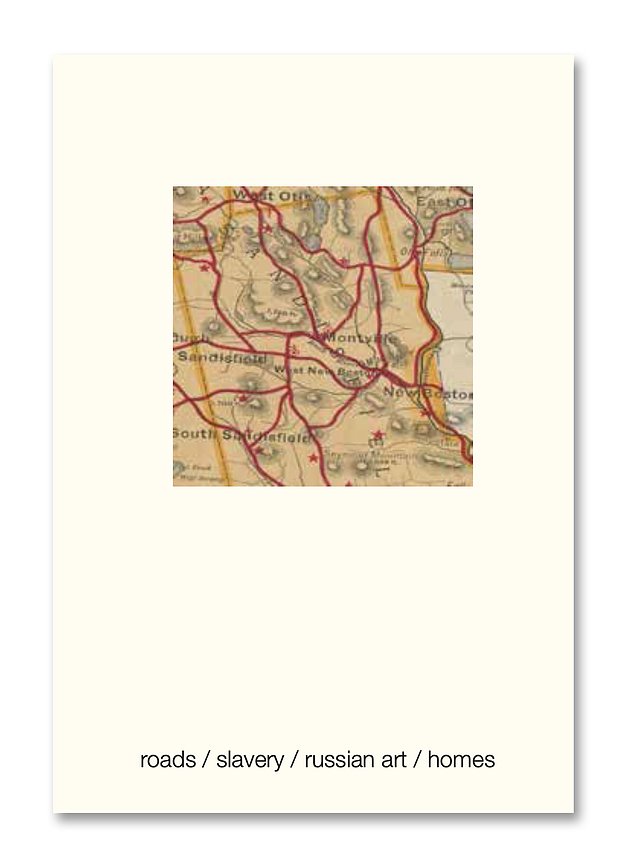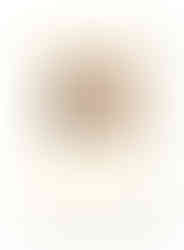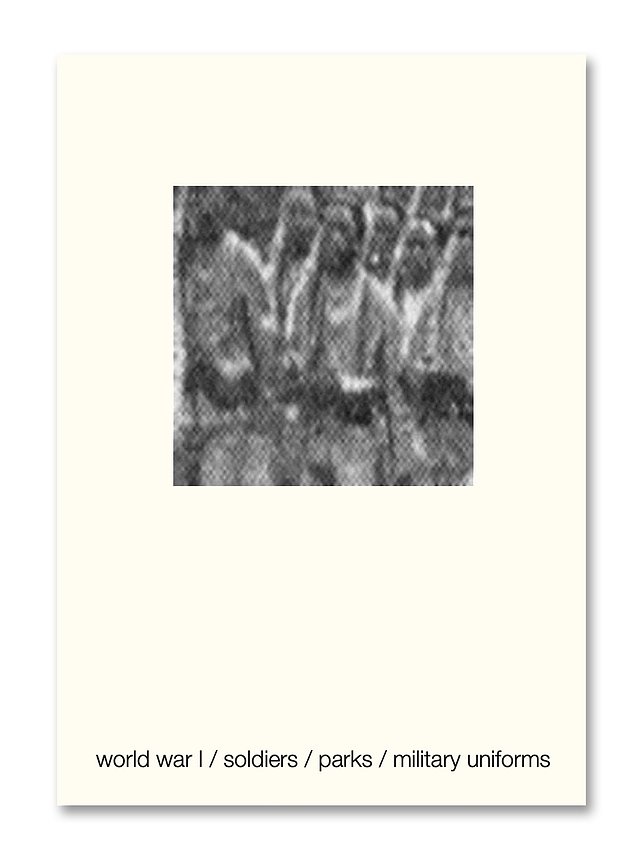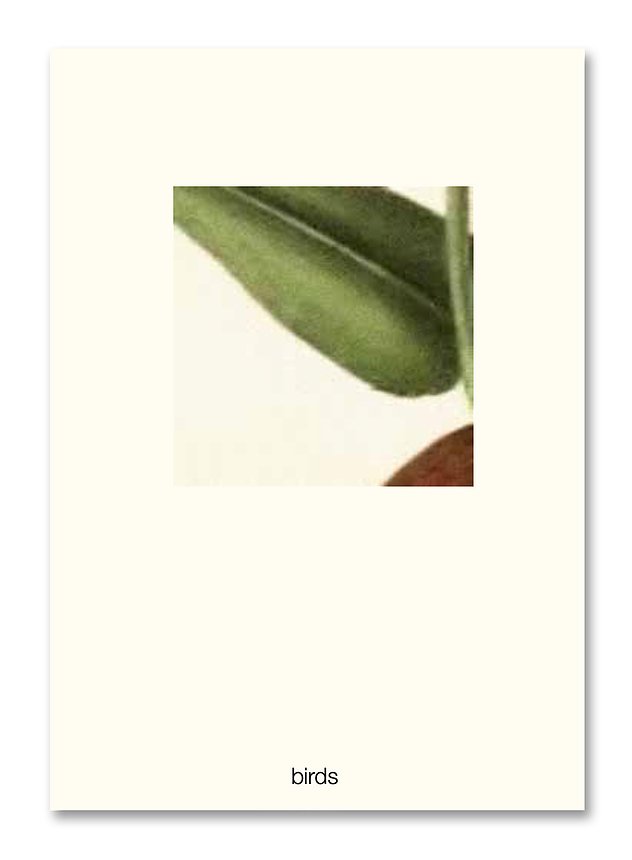- Apr 13, 2024
- 3 min read
ANDRÉS PACHÓN
ABSTRACT MACHINE

"Abstract Machine" proposes an experimental visualisation of the Digital Collection of the New York Public Library, collection made up of digitised visual documents, dating from the 16th to the 20th century, which are grouped into different categories, including: plants, African Americans, gods, history, blacks, Spanish, property, ornaments, slavery, ethnography, birds, Indians of North America, World War I, waterfalls, and so on.
In doing this, an experimental, collaborative practice was carried out, that seeks through the black boxes of Artificial Intelligence, which was trained to learn to see and classify new images thanks to the information of more than 180,000 documents from this Collection. In visualising the processes whereby artificial vision acquires its capacity to see, instead of focusing exclusively on its operativity, we will be able to benefit from the capacities of this technology, without thereby having to lose our own agency. In this way we will find new ways of relating ourselves with things, with their representations and meanings, beyond having to freeze information in the pre-established, automatised categories propagated by the implementation of Artificial Intelligence.
The project is formalised by: 1) a selection of 15 images from the Collection, which shows, through heat mapping, the fragments of these images that were most relevant for the artificial vision in learning; 2) a general atlas where, thanks to these fragments, the patterns established by Artificial Intelligence are visualised. We could say that this atlas offers a general map of the Collection’s unconscious; 3) a book where we find a selection of fragments extracted from the general atlas, now accompanied by the main and secondary categories (when existing), which the artificial vision related with during the learning process; and 4) an interface which through the eyes of artificial vision makes it possible for the user/spectator to navigate through the eighty-three categories selected from the Collection. Through interaction with the spectator, each of the fragments of the interface will activate a new atlas, giving access to new fragments associated with a new category, as well as a new group of secondary categories, thus creating a rhizomatic gamification that seeks to offer an experience where the intentions of the human and the technical machine are exchanged.
“Abstract Machine” has thus de-territorialised the Collection, will allow us to navigate through its latent and liminal spaces. It is an ongoing re-composition that de-articulates the logic of the relationships between categories and representations, offering the possibility of discovering new articulations between them. The onus is now on the spectator to create machine with “Abstract Machine”, drawing his or her own conclusions and carrying out new re-territorialisations of words and things.
The book works as an independent piece, presenting a selection of those visual patterns that Artificial Intelligence established during its learning, fragments of images that will allow us to visualize the unconscious of the Collection, through the relationships that Artificial Intelligence established between categories and representations.


